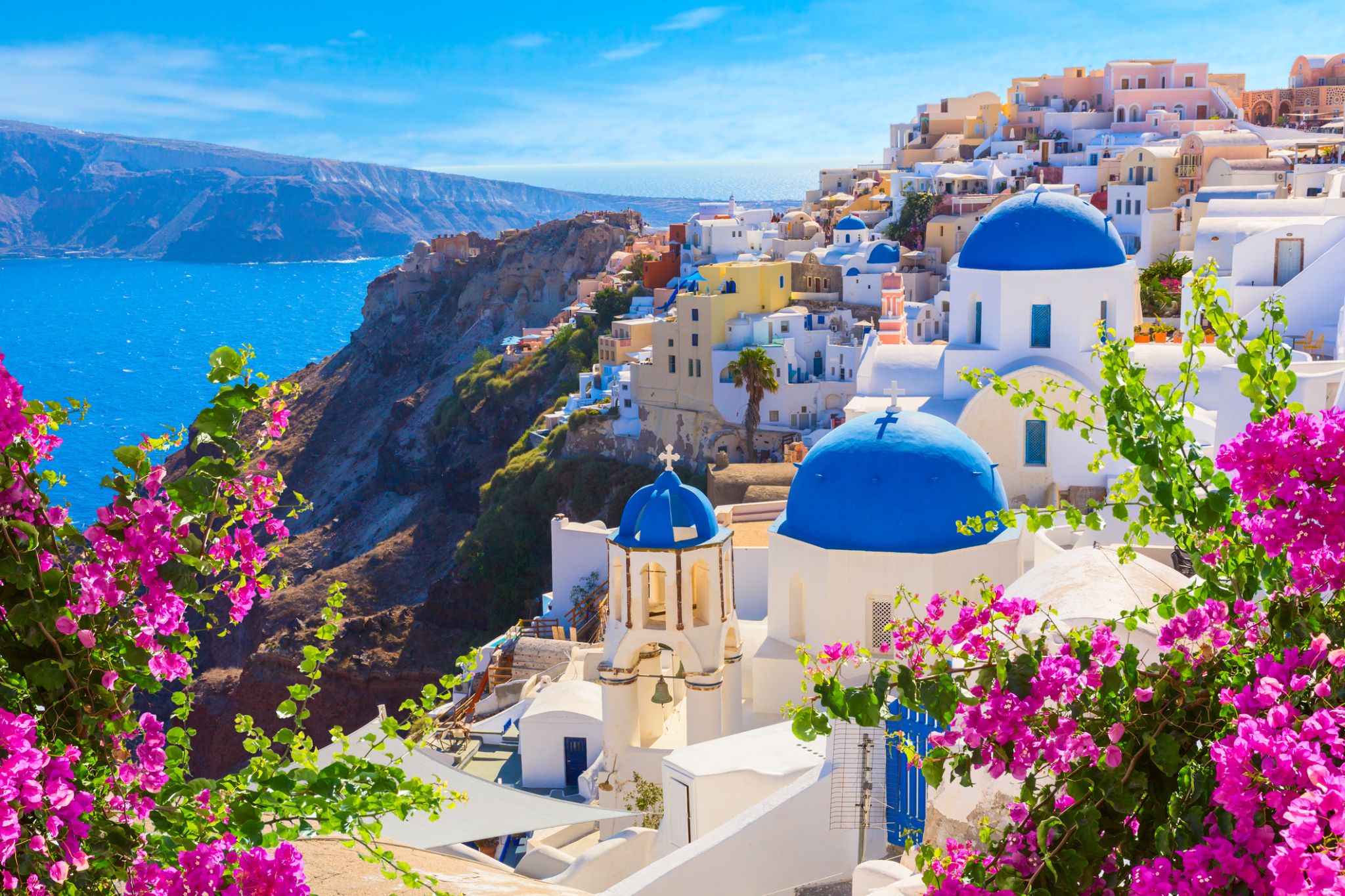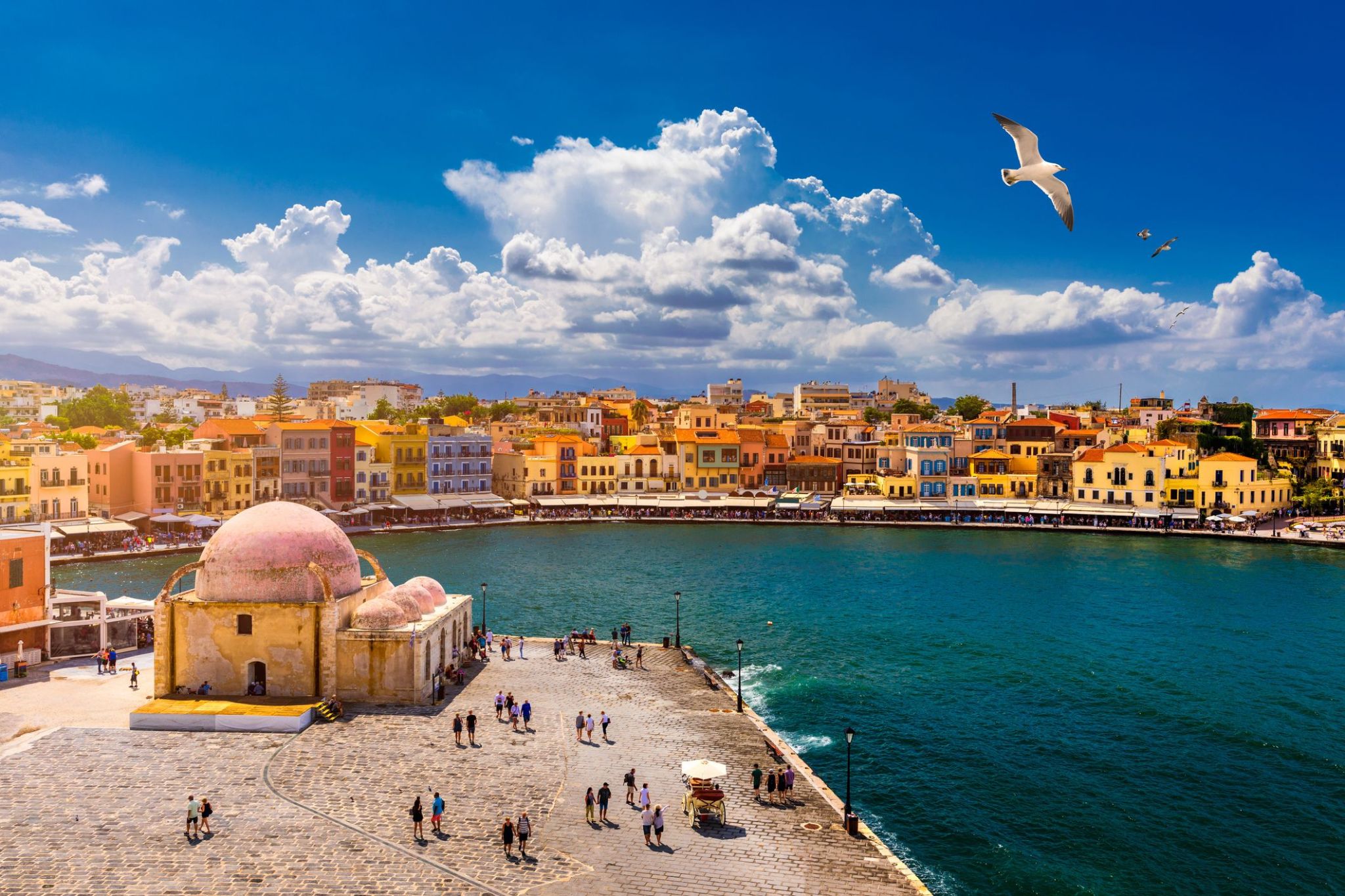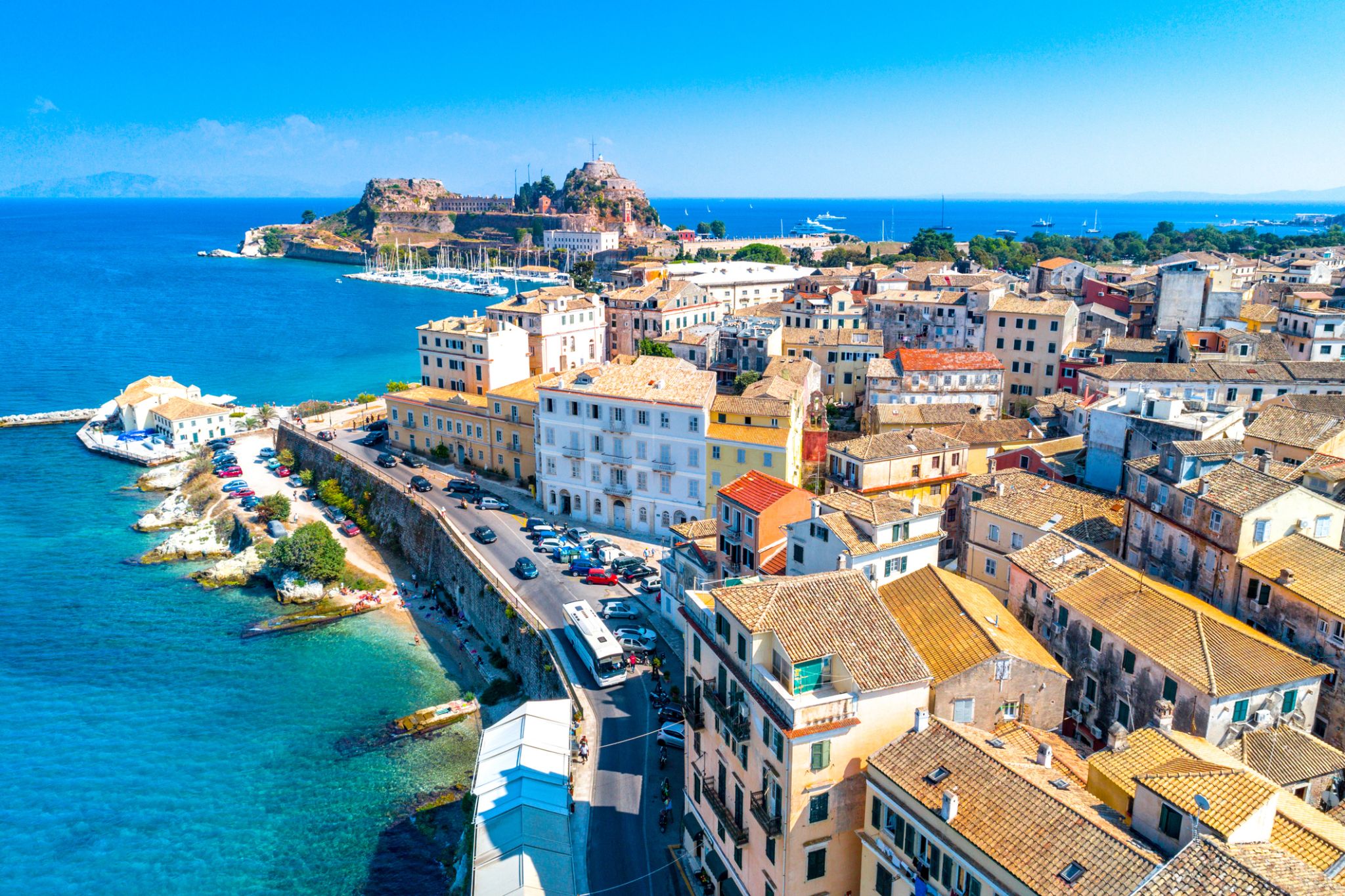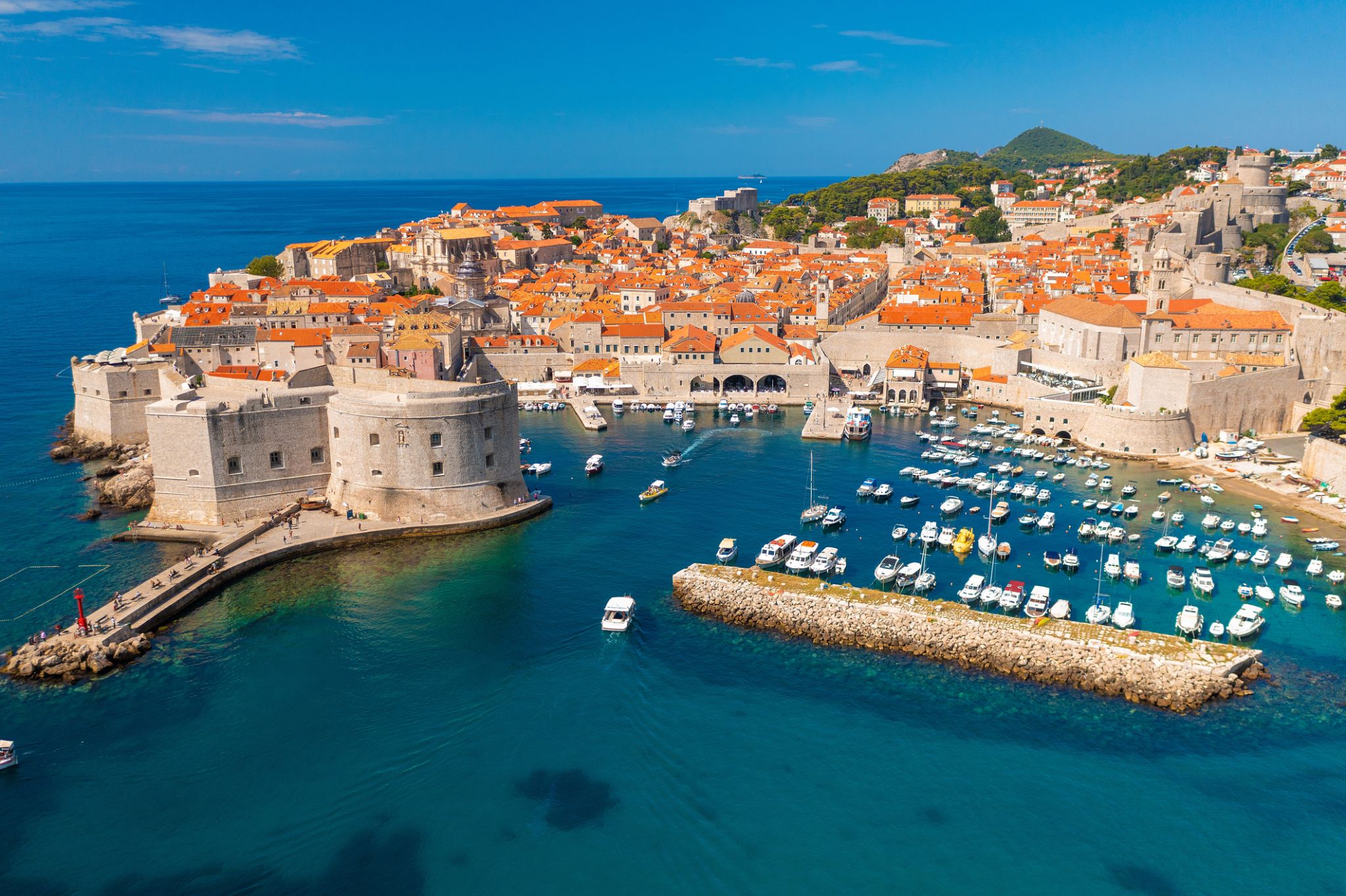

| Cruise Region : Black Sea, Europe |
| Company : Oceania Cruises |
| Ship : ALLURA |
| Journey Start : կիր 17 մյս 2026 |
| Journey End : չրք 27 մյս 2026 |
| Count Nights : 10 nights |
| Day | Date | Port | Arrival | Departure |
|---|---|---|---|---|
| 1 | 17.05 կիր | Ստամբուլ / Turkey | 07:00 | 17:00 |
| 2 | 18.05 երկ | o.BOZJAADDA / Turkey | 07:00 | 17:00 |
| 3 | 19.05 երք | Սելչուկ / Turkey | 07:00 | 18:00 |
| 4 | 20.05 չրք | Պիրեուս (Աթենք) / Greece | 07:00 | 18:00 |
| 5 | 21.05 հնգ | Սանտորինի, Կիկլադներ / Greece | 07:00 | 21:00 |
| 6 | 22.05 ուր | Խանիա (Սուդա), Կրետա / Greece | 07:00 | 17:00 |
| 7 | 23.05 շբթ | Օր ծովում / Sea | ||
| 8 | 24.05 կիր | Կորֆու / Greece | 07:00 | 17:00 |
| 9 | 25.05 երկ | Դուբրովնիկ / Croatia | 08:00 | 17:00 |
| 10 | 26.05 երք | Զադար / Croatia | 10:00 | 19:00 |
| 11 | 27.05 չրք | Տրիեստ / Italy | 06:00 | 19:00 |
Your World Included
With Your World Included, you’ll enjoy a wide array of included amenities for the ultimate comfort and value in ultra-premium cruising.
Unforgettable dining experiences at a variety of exquisite restaurants — all at no extra charge.
Complimentary specialty coffees, sodas, freshly pressed juices, and still and sparkling Vero Water® served throughout the ship.
Unlimited free Wi-Fi available in your suite, stateroom, and all public areas.
In-room dining with a superb variety of hot and cold selections.
Smoothies, milkshakes, gelato, and signature Humphry Slocombe ice cream — always included.
Group fitness classes at Aquamar® Spa + Vitality Center are complimentary.
Gratuities are included for your convenience.
Laundry is free for all guests.
With complimentary self-service launderettes on board, plus laundry and pressing services for Concierge and Suite categories, you’ll always look your finest.
Along with our hallmark personalized service, you’ll enjoy an enriching cruise experience with no hidden costs or nickel-and-diming.
Elevate Your Experience
Concierge Level Veranda Staterooms offer an unrivaled combination of luxury, privilege, and value. A wealth of amenities and exclusive benefits elevate your experience to the sublime — from in-room dining selections from The Grand Dining Room and complimentary laundry services to unlimited access to the Aquamar Spa Terrace.
On board Oceania Marina and Oceania Riviera, you’ll also enjoy the services of a dedicated Concierge and exclusive access to the private Concierge Lounge.
Located in the most desired areas of the ship, Concierge Level Veranda Staterooms are far more than just staterooms — they are an experience in themselves.
Concierge Level Veranda — Exclusive Privileges
Expanded in-room dining menu for lunch and dinner from The Grand Dining Room
Laundry service — up to 3 bags per stateroom
Exclusive key-card access to the private Concierge Lounge aboard Oceania Marina, Oceania Riviera, Oceania Vista, and Oceania Allura, featuring complimentary beverages, coffees, snacks, and the services of a dedicated Concierge
Welcome bottle of fine Italian Prosecco
Priority online reservations for specialty restaurants
Unlimited access to the Aquamar Spa Terrace
Oceania Cruises logo tote bag
Cashmere lap blankets — perfect for relaxing or snuggling
Pressing of garments upon embarkation
Complimentary shoeshine service
Deposit and Payments – Oceania Cruises
General Deposit:
For Owner’s, Vista, and Oceania Suites, a deposit of 20% of the cruise fare per person is required.
For all other suite/stateroom categories, the deposit is $500 per person.
For Grand Voyages, the deposit is $1,500 per person.
Deposit and Final Payment Deadlines:
Bookings more than 150 days from sailing:
Deposit 20% for Owner’s, Vista, and Oceania Suites and $500 for all other categories is required within 5 days of booking.
Bookings 90–120 days from sailing:
Full payment required within 3 days of booking.
Bookings 0–90 days from sailing:
Full payment due on the day of booking.
Important:
Bookings that are not deposited or paid in full according to this schedule will be automatically cancelled.
Unless otherwise noted, final payment must be received by Oceania Cruises 150 days prior to departure for cruises less than 15 days, and 150 days for cruises 15 days or longer.
Oceania Cruises reserves the right to cancel any booking not fully paid at the time of final payment.
Additional Information:
Passport details and special onboard service requests are due at final payment.
Payment may be made by personal check, American Express, Discover, MasterCard, or Visa.
For convenience, final payment may be automatically charged to the credit card used for the initial deposit.
Oceania Cruises is not responsible for foreign currency or transaction fees independently charged by issuing banks. These fees do not benefit Oceania Cruises.
Third-party credit card payments are accepted only with valid authorization from the cardholder.
Deposit and Payment – 180-Day Voyages
For 180-day voyages, a deposit of 20% of the cruise fare per person for all suites and staterooms is required within 7 days of booking.
Final payment must be received no later than 181 days prior to departure, along with passport details and any special onboard service requests.
Otherwise, the booking may be immediately cancelled, and applicable penalties will apply.
Oceania Cruises accepts payment for reservations by credit/debit card or bank transfer.
Unfortunately, personal checks are not accepted.
Credit/Debit Cards:
American Express, Visa, and Mastercard are accepted.
Please note: Oceania Cruises assumes no responsibility for foreign currency/transaction processing fees assessed by your issuing bank.

Istanbul – the largest city in Turkey, located on the Bosphorus. Until 1930 it was known as Constantinople and served as the capital of the Roman, Byzantine, Latin and Ottoman Empires. The city and its surroundings preserve monuments of ancient civilizations, including temples, palaces and fortifications. Today Istanbul is an important cultural, commercial and industrial hub. Tourists come not only to admire its historic landmarks, but also to shop at world-famous Turkish bazaars, where you can buy spices, jewelry, antiques, colorful hookahs and bargain like a local.


Միջերկրածովյան արևը, նարդոսի բույրը և դարերի պատմությունը ուղեկցում են այն ճանապարհորդներին, ովքեր ժամանում են Սելչուկ՝ մի փոքրիկ թուրքական քաղաք, որը գտնվում է լեգենդար Էֆեսոսից ընդամենը մի քանի կիլոմետր հեռու։ Այս վայրը համադրում է անատոլիական կենցաղի հմայքը և հնագույն ավերակները, որոնց յուրաքանչյուր քարը պատմում է Հռոմեական կայսրության և Բյուզանդիայի ժամանակաշրջանի մասին։ Քաղաքը իդեալական մեկնակետ է Թուրքիայի ամենահայտնի հնագիտական տարածքներից մեկի ուսումնասիրման համար, սակայն հենց ինքը՝ քաղաքն էլ արժանի է այցելության. այստեղ պահպանվել են հնագույն մզկիթներ, բյուզանդական ամրոց և ջրատարների մնացորդներ։
Սելչուկում ժամանակը հոսում է դանդաղ՝ հնարավորություն տալով հանգիստ ուսումնասիրել թանգարանները և փողոցային շուկաները՝ լի համեմունքներով ու ձեռագործ կերամիկայով։ Գարնանը քաղաքում անցկացվում է կակաչի փառատոն, իսկ մոտակայքում է գտնվում Կույս Մարիամի տունը՝ քրիստոնեական ուխտագնացության վայր։ Հնության, կրոնական խորհրդանիշների և ժամանակակից թուրքական կյանքի այս եզակի համադրությունը Սելչուկը դարձնում է այն վայրը, որը միայն լուսանկարներով չի ավարտվում, այլ խոր զգացողություններ է թողնում։

Piraeus is the gateway to Athens , which, in turn, is rightfully considered the center of the centers of the whole world, with the main attraction - the acropolis. Piraeus is an old port city serving the port of Athens, the largest port in Greece to date. Piraeus is part of the great Athens, which boasts an abundance of attractions, including unique monuments of national fine art. More than two hundred museums and galleries, including the University History Museum, the Ceramics Archaeological Museum and many others, will hospitably welcome you within their walls and familiarize themselves with the culture of this area.

Santorini, classically Thera, and officially Thira, is an island in the southern Aegean Sea, about 200 km (120 mi) southeast of Greece's mainland. It is the largest island of a small, circular archipelago, which bears the same name and is the remnant of a volcanic caldera. It forms the southernmost member of the Cyclades group of islands, with an area of approximately 73 km2 (28 sq mi) and a 2011 census population of 15,550. The municipality of Santorini includes the inhabited islands of Santorini and Therasia and the uninhabited islands of Nea Kameni, Palaia Kameni, Aspronisi, and Christiana. The total land area is 90.623 km2 (34.990 sq mi).Santorini is part of the Thira regional unit.
The island was the site of one of the largest volcanic eruptions in recorded history: the Minoan eruption(sometimes called the Thera eruption), which occurred about 3,600 years ago at the height of the Minoan civilization. The eruption left a large caldera surrounded by volcanic ash deposits hundreds of metres deep. It may have led indirectly to the collapse of the Minoan civilization on the island of Crete, 110 km (68 mi) to the south, through a gigantic tsunami. Another popular theory holds that the Thera eruption is the source of the legend of Atlantis.
It is the most active volcanic centre in the South Aegean Volcanic Arc, though what remains today is chiefly a water-filled caldera. The volcanic arc is approximately 500 km (310 mi) long and 20 to 40 km (12 to 25 mi) wide. The region first became volcanically active around 3–4 million years ago[citation needed], though volcanism on Thera began around 2 million years ago with the extrusion of dacitic lavas from vents around the Akrotiri.

: Խանիա (Սուդա), Կրետա — Խարիզմա և պատմություն
Խանիան, որը գտնվում է Կրետա կղզու հյուսիս-արևմտյան ափին, գրավում է ճանապարհորդներին իր պատմական մթնոլորտով և նկարազարդ Վենետիկյան նավահանգստով: Հին փողոցները, շենքերը և հանգիստ սրճարանները ստեղծում են յուրօրինակ մթնոլորտ, որը միավորում է Վենետիկյան և Օսմանյան ճարտարապետության տարրեր:
Սուդան կարևոր ծովային և նավահանգստային նավահանգիստ է, որը գտնվում է Սուդա ծոցում, Խանիայից արևելք: Նավահանգիստը ունի ռազմավարական նշանակություն կղզու համար և խաղում է տարածաշրջանի տրանսպորտային ցանցում կարևոր դեր: Խանիայի շրջակայքում կան հնագիտական հուշարձաններ, այդ թվում՝ հնագույն քաղաքների մնացորդներ, ինչպես նաև բնական տեսարժան վայրեր, ինչպիսիք են քարանձավները և Երկրորդ համաշխարհային պատերազմի հուշարձանները:


Corfu or Kerkyra is a Greek island in the Ionian Sea. It is the second largest of the Ionian Islands, and, including its small satellite islands, forms the northwesternmost part of Greece. The island is part of the Corfu regional unit, and is administered as a single municipality, which also includes the smaller islands of Ereikoussa, Mathraki and Othonoi. The municipality has an area of 610,9 km2, the island proper 592,8 km2. The principal city of the island and seat of the municipality (pop. 32,095) is also named Corfu. Corfu is home to the Ionian University.
The island is bound up with the history of Greece from the beginnings of Greek mythology. Its history is full of battles and conquests. Ancient Korkyra took part in the Battle of Sybota which was a catalyst for the Peloponnesian War, and, according to Thucydides, the largest naval battle between Greek city states until that time. Thucydides also reports that Korkyra was one of the three great naval powers of fifth century BC Greece, along with Athens and Corinth. Medieval castles punctuating strategic locations across the island are a legacy of struggles in the Middle Ages against invasions by pirates and the Ottomans. Two of these castles enclose its capital, which is the only city in Greece to be surrounded in such a way. As a result, Corfu's capital has been officially declared a Kastropolis ("castle city") by the Greek government. From medieval times and into the 17th century, the island, having successfully repulsed the Ottomans during several sieges, was recognised as a bulwark of the European States against the Ottoman Empireand became one of the most fortified places in Europe. The fortifications of the island were used by the Venetians to defend against Ottoman intrusion into the Adriatic. Corfu eventually fell under British rule following the Napoleonic Wars. Corfu was eventually ceded by the British Empire along with the remaining islands of the United States of the Ionian Islands, and unification with modern Greece was concluded in 1864 under the Treaty of London.
In 2007, the city's old quarter was added to the UNESCO World Heritage List, following a recommendation by ICOMOS.
Corfu is a very popular tourist destination. The island was the location of the 1994 European Union summit.

Dubrovnik is a Croatian city on the Adriatic Sea. It is one of the most prominent tourist destinations in the Mediterranean Sea, a seaport and the centre of Dubrovnik-Neretva County. Its total population is 42,615 (census 2011). In 1979, the city of Dubrovnik joined the UNESCO list of World Heritage sites.
The prosperity of the city was historically based on maritime trade; as the capital of the maritime Republic of Ragusa, it achieved a high level of development, particularly during the 15th and 16th centuries, as it became notable for its wealth and skilled diplomacy.
In 1991, after the break-up of Yugoslavia, Dubrovnik was besieged by Serbian and Montenegrin soldiers of the Yugoslav People's Army (JNA) for seven months and suffered significant damage from shelling. After repair and restoration works in the 1990s and early 2000s, Dubrovnik re-emerged as one of the top tourist destinations in the Mediterranean.

